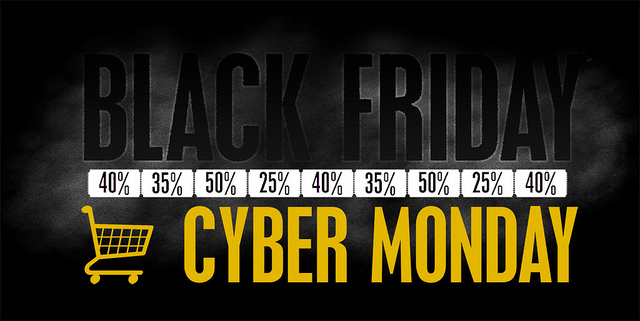Fewer people are using TikTok compared to last year and the social network is losing ground as an e-commerce search engine, according to a new study from CivicScience.
Meanwhile, Amazon is reconnecting with younger generations and growing as the main starting point for people looking for products online.
In the study, CivicScience asked U.S. online consumers this question: “When shopping for a product online, where do you typically start for product searches and research?” The survey then compared the responses from this year’s survey against those from 2022.

TikTok gained some attention last year when analysts noted that it was driving a surprising amount of e-commerce-related search traffic – particularly from younger users. This led the company to announce it intends to develop a $20 billion e-commerce business. It is unclear if recent trends have changed those plans or not.
It is no surprise that Amazon and Google continue to dominate the e-commerce search market. No other challengers have come close. However, Google did see a slight dip in the number of e-commerce searches being made on its platform.
The most notable shift from this year’s findings may be the increasing popularity of Amazon among younger age groups who had been previously moving away from the shopping platform.
Compared to last year, Amazon increased its popularity among younger age groups including 18- to 24-year olds (up 45%) and 25- to 34-year-olds (up 44%).








